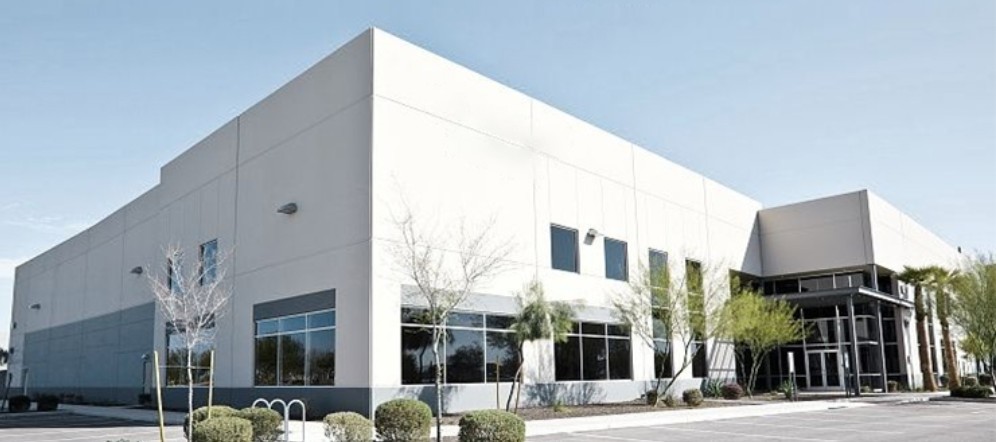How to ensure accuracy in precision parts processing?
Release Date:2023-10-27

Precision parts processing accuracy refers to the degree to which the actual geometric parameters (size, shape and position) of the parts after processing conform to the ideal geometric parameters specified in the drawings. The higher the degree of conformity, the higher the machining accuracy. In processing, due to the influence of various factors, it is actually impossible to process every geometric parameter of the part to be completely consistent with the ideal geometric parameter, and there will always be some deviation. This deviation is the processing error.
Want to ensure the accuracy of parts, from the following aspects to ensure:
(1) Trial cutting method
That is, first try to cut out a small part of the processed surface, measure the size obtained by the test cut, adjust the position of the cutting edge of the tool relative to the workpiece according to the processing requirements, and then try to cut, and then measure, so after two or three times of test cutting and measurement, when the processed size meets the requirements, then cut the entire surface to be processed.
The test cutting method is repeated until the required dimensional accuracy is reached through "test cutting - measurement - adjustment - re-test cutting". For example, the box hole system test boring processing.
The accuracy achieved by the test cutting method may be very high, it does not require complex devices, but this method is time-consuming (need to make multiple adjustments, test cutting, measurement, calculation), low efficiency, depends on the technical level of workers and the accuracy of measuring instruments, and the quality is unstable, so it is only used for single piece small batch production.
As a type of test cutting method - matching, it is based on the workpiece has been processed, processing another workpiece to match, or two (or more than two) workpiece combined together for processing. The requirements of the final machined size are based on the requirements of the fit with the machined workpiece.
(2) Adjustment method
Adjust the exact relative position of the machine tool, fixture, tool and workpiece with samples or standard parts in advance to ensure the dimensional accuracy of the workpiece. Because the size is adjusted in place in advance, there is no need to try cutting during processing, and the size is automatically obtained and remains unchanged during the processing of a batch of parts, which is the adjustment method. For example, when a milling machine fixture is used, the position of the tool is determined by the tool block. The essence of the adjustment method is to use the setting device or the tool setting device or the pre-arranged tool holder on the machine tool to make the tool reach a certain position accuracy relative to the machine tool or the fixture, and then process a batch of workpieces.
Feeding and cutting according to the dial on the machine tool is also a kind of adjustment method. This method needs to first determine the scale on the dial by the trial cut method. In mass production, it is used to adjust the tool device with fixed range block, sample and template.
Compared with the test cutting method, the adjustment method has good processing accuracy and stability, higher productivity, and the requirements for machine tool operators are not high, but the requirements for machine tool adjusters are high, and it is often used in batch production and mass production.
(3) Size method
The method of using the corresponding size of the tool to ensure the size of the workpiece is called the sizing method. It is processed using a standard size tool, and the size of the machining surface is determined by the size of the tool. That is to use a tool with a certain dimensional accuracy (such as reamer, reaming drill, drill, etc.) to ensure the accuracy of the workpiece to be processed (such as holes).
The sizing method is easy to operate, high productivity, stable processing accuracy, almost irrelevant to the technical level of workers, high productivity, and widely used in various types of production. Such as drilling, reaming, etc.
(4) Active measurement method
In the processing process, the processing size is measured while processing, and the measured results are compared with the size required by the design, or the machine tool continues to work, or the machine tool stops working, which is the active measurement method.
Now, the values in the active measurement can be displayed digitally. Active measurement adds the measuring device to the process system (that is, the continuum of machine tools, tools, fixtures and workpieces) as a fifth element.
The active measurement method has stable quality and high productivity, which is the development direction.
(5) Automatic control method
This method is composed of a measuring device, a feeding device and a control system. It is the measurement, feed device and control system composed of an automatic processing system, the processing depends on the system to complete automatically.
A series of tasks such as dimensional measurement, tool compensation adjustment, cutting processing and machine tool parking are automatically completed, and the required dimensional accuracy is automatically reached. For example, when machining on CNC machine tools, parts are controlled through various instructions of the program processing sequence and processing accuracy.
There are two specific methods of automatic control:
① Automatic measurement means that the machine tool has an automatic measurement of the workpiece size device, when the workpiece reaches the required size, the measuring device issues instructions to make the machine tool automatically withdraw and stop working.
(2) Digital control means that the machine tool has a servo motor that controls the precise movement of the tool holder or the workbench, a rolling screw nut pair and a complete set of digital control devices, and the size of the acquisition (the movement of the tool holder or the movement of the workbench) is automatically controlled by the computer digital control device through the pre-prepared program.
Early automatic control methods were accomplished using active measurement and mechanical or hydraulic control systems. At present, it has been widely used in accordance with the processing requirements of the pre-arranged program, by the control system issued instructions to work the program control machine tool or by the control system issued digital information instruction to work the digital control machine tool, and can adapt to the change of processing conditions during the processing process, automatically adjust the processing amount, According to the specified conditions to achieve the optimal processing of the adaptive control machine for automatic control processing.
The stable quality, high productivity, good flexibility and adaptability of automatic control machining are the development direction of machinery manufacturing and the basis of computer-aided manufacturing (CAM).





 Manager Sun:
Manager Sun: sophie0201@163.com
sophie0201@163.com Xiazhuang Street, Chengyang District, Qingdao City, Shandong Province, China
Xiazhuang Street, Chengyang District, Qingdao City, Shandong Province, China
